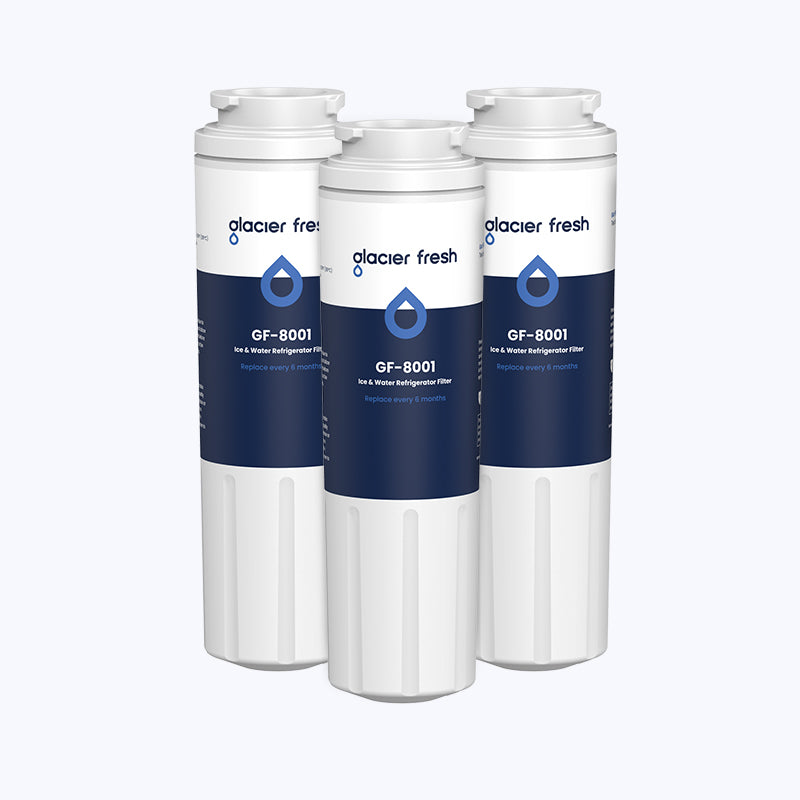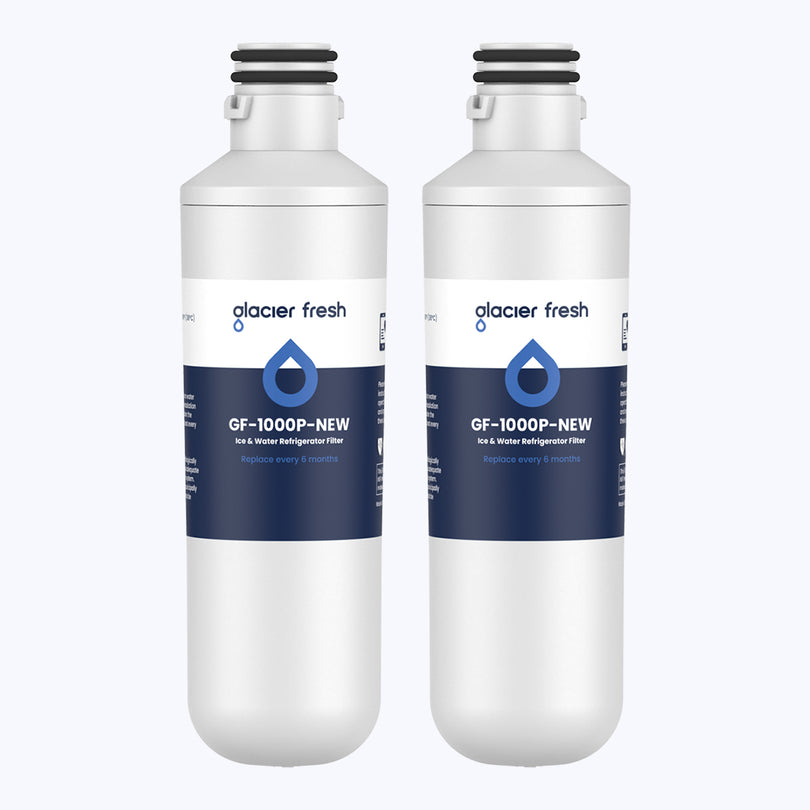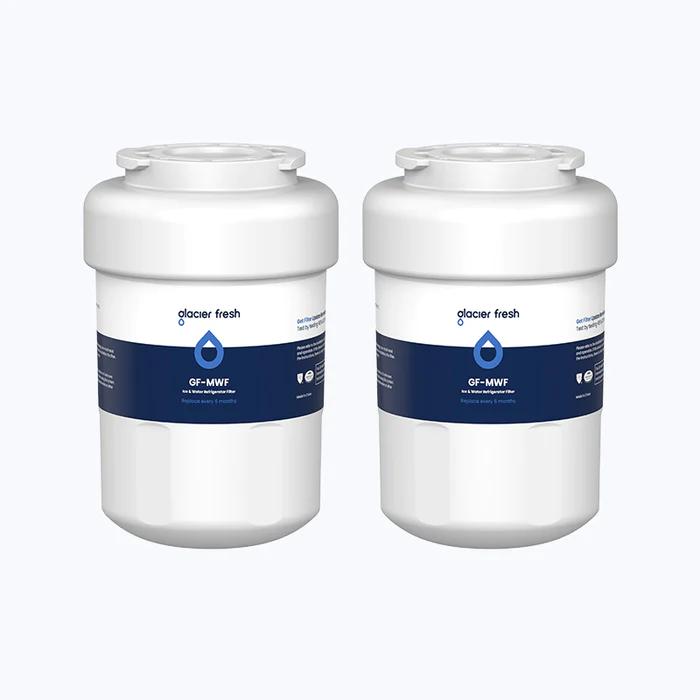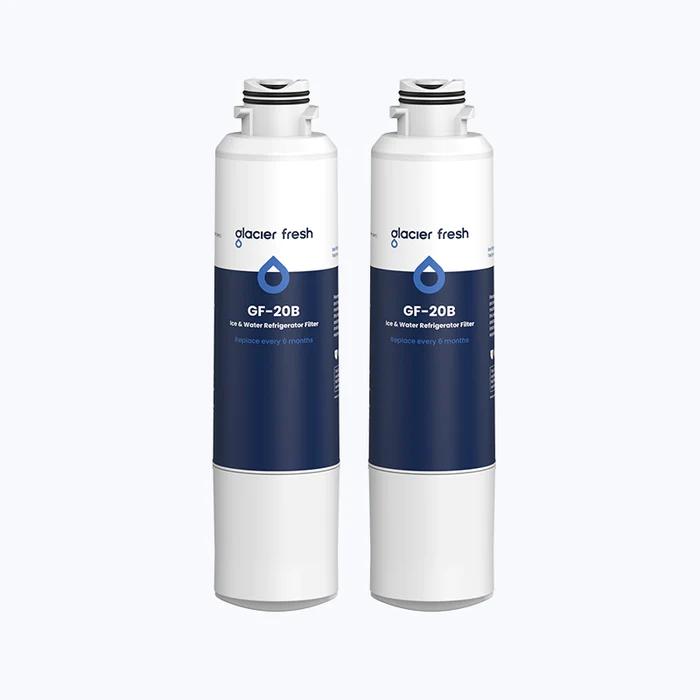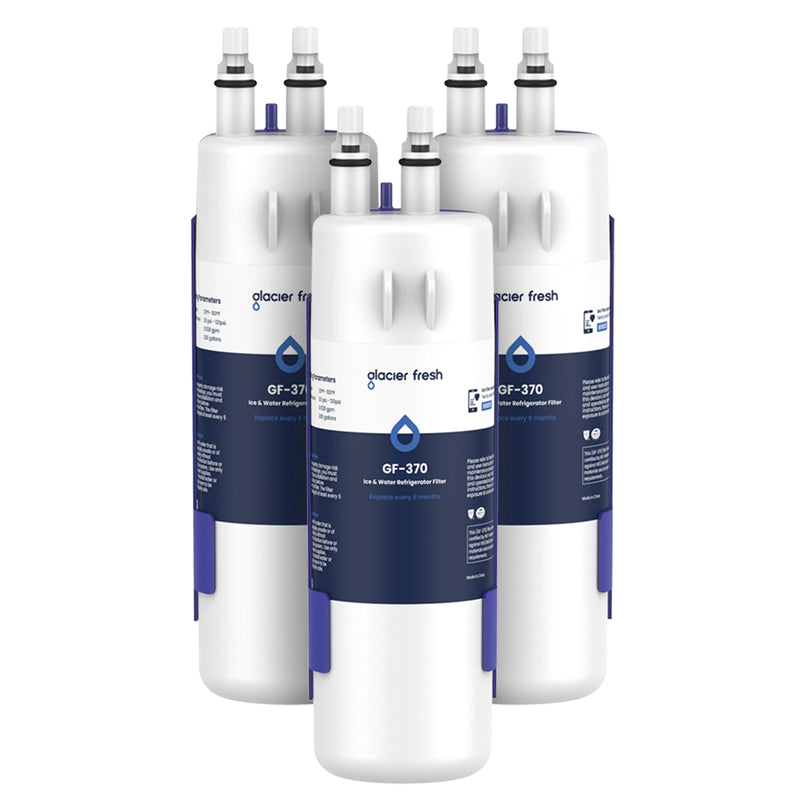Table of Contents:
Importance of hydration for pets
Signs of dehydration of pets
Choosing the right water source
How much water does your pet need?
Tips for encouraging hydration in pets
FAQs
Conclusion
Proper hydration is crucial for your pet's health and well-being. Water is a large percentage of your pet's body weight and is essential for various bodily functions. Dehydration can occur rapidly in pets, leading to serious medical issues if left untreated. This guide will provide tips on ensuring your furry friends get enough clean, fresh water daily.
Importance of hydration for pets

Water is involved in nearly every bodily process for pets. It aids in regulating body temperature, lubricating joints, transporting nutrients, eliminating waste, and much more. Here are some of the top reasons to ensure your pet is drinking enough water:
- Transporting Nutrients - Water helps carry nutrients through the bloodstream and lymphatic system to be delivered to tissues and organs. Proper hydration ensures nutrients reach where they need to go.
- Eliminating Waste - Water facilitates the kidneys' ability to filter blood and remove toxins and excess minerals through urine. Staying hydrated helps the body efficiently eliminate waste.
- Regulating Temperature - As pets pant to lower body temperature, moisture is pulled from the lungs and throat. Drinking water helps replenish what is lost through panting and sweat.
- Healthy Skin and Coat - Fur and skin receive moisture directly from the lower layers of skin where it is stored. Drinking adequate water hydrates skin cells from the inside out for a healthy coat.
- Joint Lubrication - Water gives synovial fluid in joints the ability to properly cushion bones and prevent friction, leading to arthritis and joint disease.
- Saliva Production - Water is needed to produce adequate saliva to support chewing, swallowing, and dental health.
Signs of dehydration of pets

It's essential to watch for any signs your pet may be dehydrated. Symptoms can escalate rapidly, so address dehydration as soon as it is suspected. Here are some common signs of dehydration in pets:
- Dry or sticky gums and mouth - Gums should be moist and slippery. Dryness indicates a lack of hydration.
- Sunken eyes - Dehydration causes the eyes to appear more sunk into the sockets.
- Loss of skin elasticity - Gently pull up on the skin over the shoulders or back. It should snap back immediately when hydrated.
- Lethargy - Low energy and fatigue can signal dehydration.
- Constipation - Not enough fluid intake leads to harder, drier stools.
- Loss of appetite - Dehydration causes loss of appetite due to altered metabolism.
- Fever - The body struggles to regulate temperature with inadequate hydration.
- Excessive panting - Rapid breathing tries to compensate for hydration needs.
- Dark yellow urine - Concentrated, dark urine indicates insufficient water intake.
Choosing the right water source
The source and quality of your pet's water are essential to support proper hydration. Consider the following when selecting water for your furry companion:
- Freshness - Change water daily to ensure it tastes good and lacks bacteria from food or saliva. Stagnant water will deter drinking.
- Clean bowls - Wash food and water bowls frequently with soap and hot water. Avoid plastic bowls, which can hold onto bacteria.
- Filtered water - Use filtered water to remove contaminants like lead, chlorine, and chemicals. Avoid straight from the tap.
- Outdoor pets - Monitor automatic waterers to ensure proper function. Refill frequently to keep water clean.
- Bottled water - Opt for bottled waters low in sodium and minerals, which can cause excess urination. Check for BPA-free plastics.
- Personal preference - Observe if your pet prefers a bowl or bottled water and accommodate accordingly to encourage drinking. Consider adding water fountains that fascinate some pets.
How much water does your pet need?
Water needs vary considerably based on your pet's unique attributes like weight, activity level, and health status. Use these factors to determine how much water to provide for your furry friend:
Weight per day

The general rule of thumb is about 1 ounce of water per pound of body weight daily. This can serve as a baseline, then tailor up or down based on other considerations. Larger breeds and high-energy pets need more hydration. For example, an active 50 lb dog would need around 50 ounces per day minimum. Conversely, smaller or less active pets require less hydration. An 8 lb cat with low activity may only need 8 ounces daily.
Activity level
Pets who get more exercise have higher water requirements to replace fluid lost through increased breathing and perspiration. Guard against overheating and dehydration during hot weather activity. Working dogs and those who participate in sports require rigorous hydration routines. Bring plenty of water on hikes, walks, or competitions and allow access after to rehydrate.
Medical conditions

Certain medical conditions increase pets' need for water. Monitor hydration closely if your pet has diabetes, kidney disease, heart disease, cancer, or is on medication like steroids which increases thirst. Some pets have decreased thirst sensation due to medical issues. Be vigilant if your pet needs help staying adequately hydrated. Consider adding moisture to food or using hydration supplements if required.
Tips for encouraging hydration in pets

It can be challenging to get pets who are picky or lack adequate thirst drive to drink enough.Try these handy tips for encouraging hydration:
- Flavor water with low sodium broth or drops specifically for pets.
- Serve water frozen or with ice cubes for added fun.
- Frequently change water to keep it appealing.
- Use fountains with running water to pique interest.
- Offer water during and after meals to harness thirst.
- Provide multiple water stations around your home.
- Give pets wet food to add moisture to their diet.
- Use treats to reinforce drinking behavior.
- Try different bowl shapes and sizes to optimize use.
- Consider prescription water additives if recommended by your vet.
FAQs
What kind of water bowl is best for pets?
Choose a bowl that is stable, durable, easy to clean, and sized appropriately for your pet. Ceramic and stainless steel bowls are good choices. Bowls that attach to their crate or can't be tipped over easily are recommended for dogs. Cats prefer wide, shallow bowls. Avoid plastic bowls, which can harbor bacteria.
Can I give my pet bottled or filtered water?
Regular tap water is fine for most pets unless you know your tap water is unsafe. Bottled water is not necessary but can be used if preferred. If using a water filter, make sure it's designed for pets as some filter-out minerals pets need.
What should I do if my pet isn't drinking enough?
Contact your vet if your pet drinks less than usual or seems dehydrated. Dehydration is dangerous for pets. Make sure fresh, clean water is always available. Add broth, tuna juice, or low-sodium chicken stock to their water to encourage drinking. Offer canned/wet food along with dry food to increase fluid intake.
Conclusion
Providing fresh, clean water is one of the most important things you can do for your pet's health. Dehydration occurs rapidly in pets, leading to serious illness if not addressed promptly. Choose the right water source, pay attention to signs of dehydration, and tailor water amounts to your pet's needs. Adequate hydration supports every aspect of your companion's well-being. You can meet your pet's hydration needs for a long and healthy life with a few tips and vigilance

